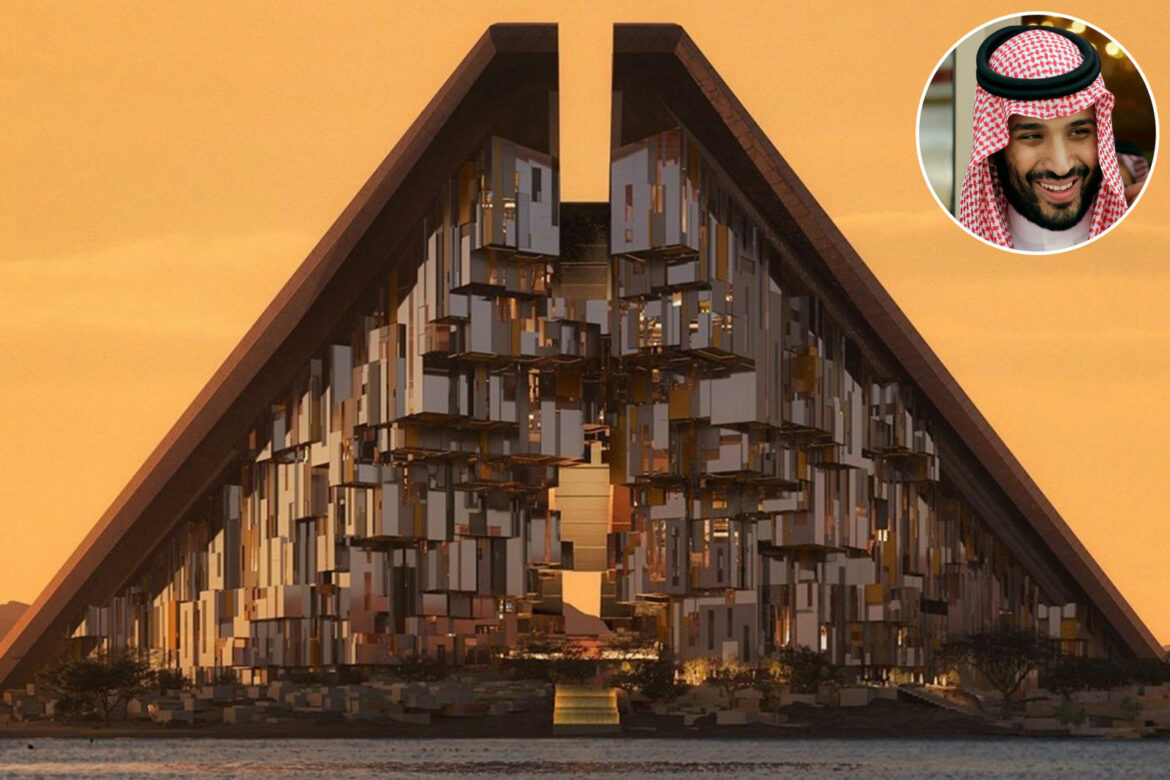In recent years, the world has heard some very enticing, larger than life, extravagant announcements from Saudi Arabia that look absolutely determined to change the face of luxury travel. The after effect of this will be less dependency on oil and diversificiation of economic growth. On the flip side, however, Crown Prince MBS’s Vision 2030 has faced criticism from cynics who struggle to grasp the scale and magnificence of the projects. From the flagship $1.5 trillion Neom City’s magnum opus, The Line—a 500-meter high, 170-kilometer-long pair of horizontal skyscrapers—to Trojena, near completion for the 2029 Asian Winter Games, and the industrial backbone Neom Port, over a dozen luxury hotels, resorts, and entertainment venues have been announced.
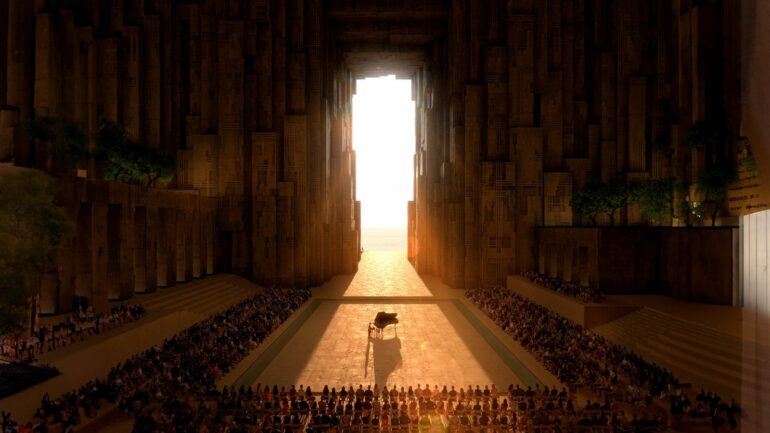
Utamo, is a 20-story high centre touted to put the $2 billion Las Vega’s Sphere to shame. Such grandeur is hard to achieve especially with omnipresent news of scaling back, and in the next five years.
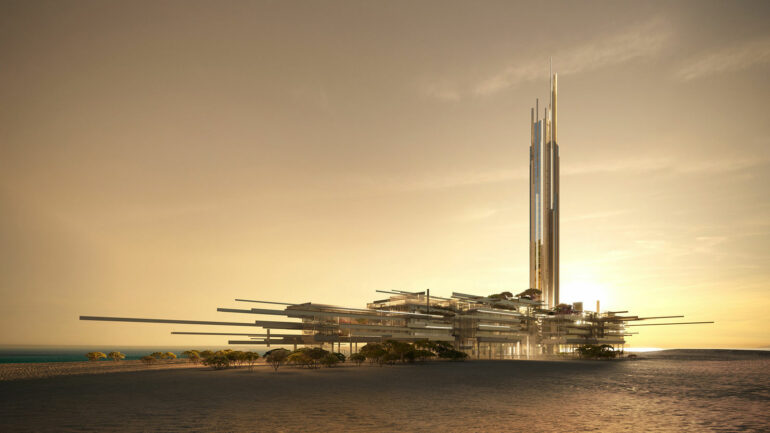
Then there is Gidori, a world-first futuristic Blade Runner-styled golf resort. These were followed by a string of announcements (Jaumur, Treyhan, Siranna, Aquellum, etc) and impressive teasers released on social media that will captivate audiences but whether these striking structures will actually become major tourist attractions transforming Northwest Saudi Arabia is yet to be seen.
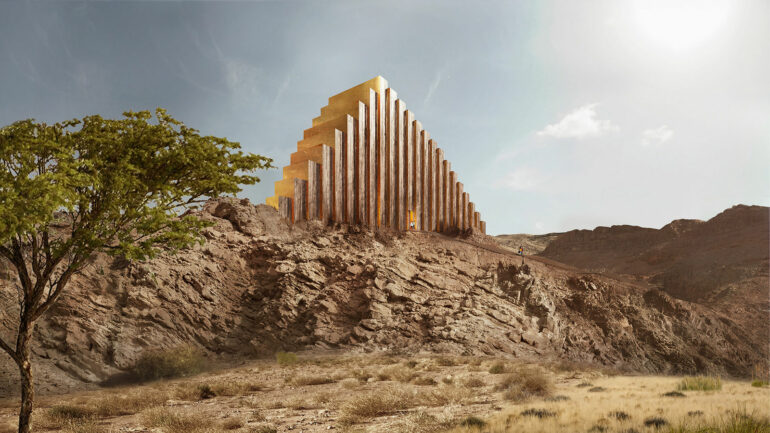
2030 is still nearly 5 years away, which should be enough time for projects like Neom Port, Sindalah, and Trojena to complete as they have been developing for a couple of years now. The same confidence cannot be shown in the case of The Line, a 500m high, 170 km long pair of horizontal skyscrapers with a gap between. It is in between this gap that the avant-garde events of daily life will take place.
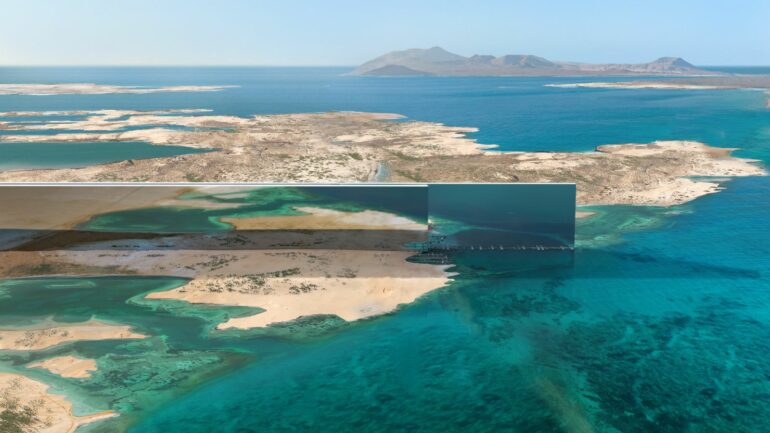
Home to supposedly 9 million people, The Line, touted to be a carbon-free linear city flanked with lush green parks, waterfalls, flying taxis, and robot maids, even a huge fake moon arouses disbelief. Even more so instead of 170 km, Vision 2030 will perhaps witness this majestic gigaproject in only Phase one which is expected to reach just one and a half miles. It would still have no roads or cars, and would be made up of interconnected, pedestrianized communities, which would be a sight nonetheless but would pale in comparison to the initial projections.
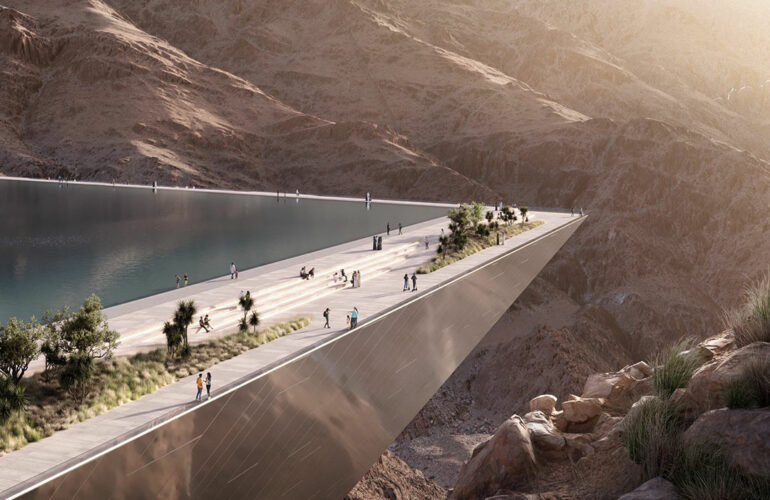
Ali Shihabi, a former banker now on Neom’s advisory board, stated, “It was meant to be over ambitious, with the clear understanding that only a part of it would be delivered on time. But even that part would be significant.” No small feat, Neom City is the project of Saudi Arabia’s sovereign wealth entity, the Public Investment Fund (PIF). Neom had kickstarted a few years ago with a budget of $500 billion, which has now ballooned to $1.5 trillion and would require a lot more for completion. Even the original cost was 50% more than the country’s annual federal budget; an additional $2 trillion to execute the full project seems as monumental a task as the completion of Neom City.
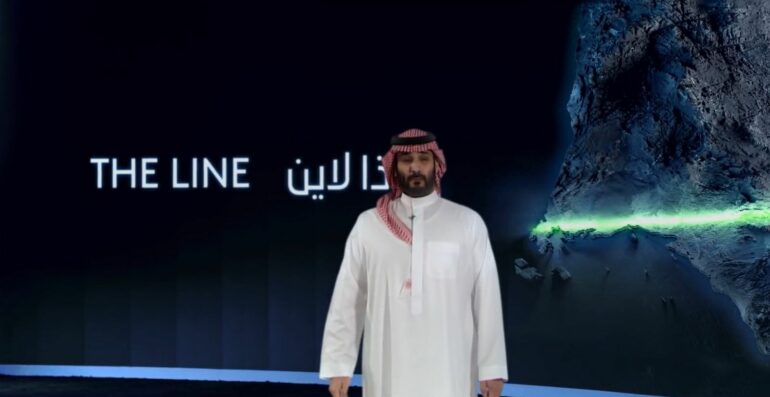
Adding salt to injury is the fact that the Saudi Arabian Government has been in a deficit since late 2022 and began slashing production to accelerate global prices. According to BBC, the government has forecast a deficit of $21 billion for this year. While there is hope for projects that are halfway through or nearing completion, the same cannot be said for those that are recently announced. Mr. Shihabi stated, “Projects where we have specific deadlines to meet will get prioritized by the nature of things. We will change course, we will extend some of the projects, we will downscale some projects, we will accelerate some projects,” he said.
